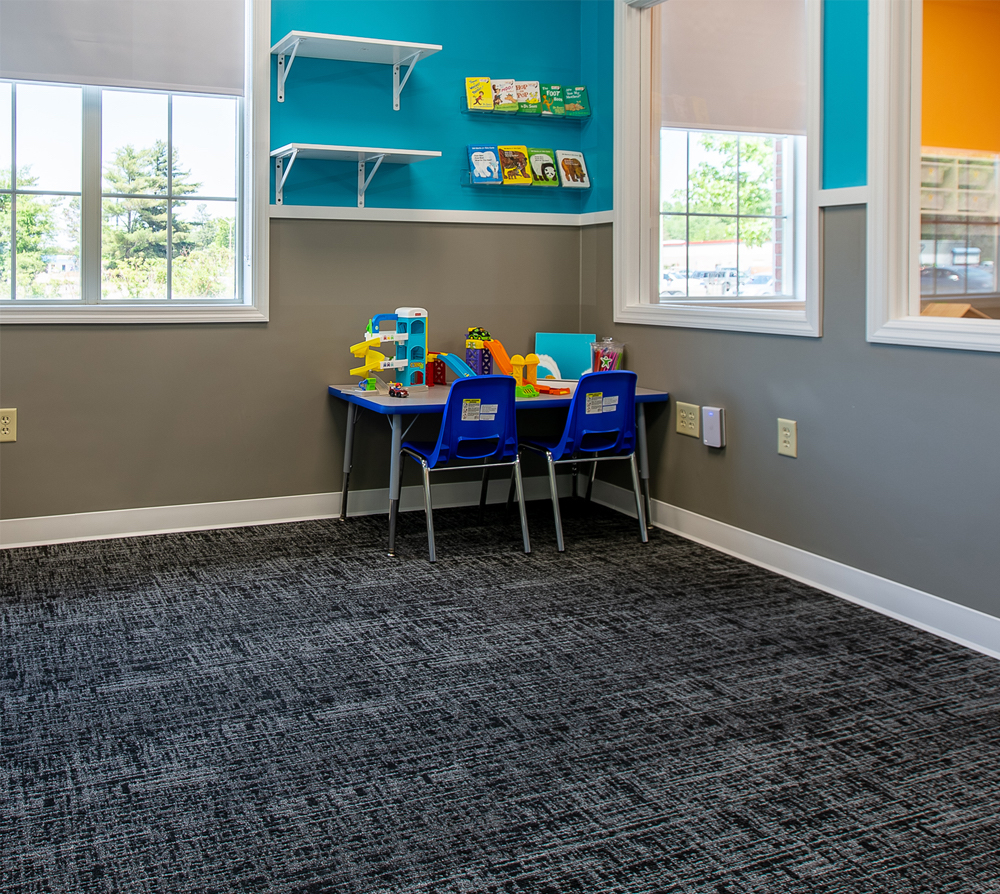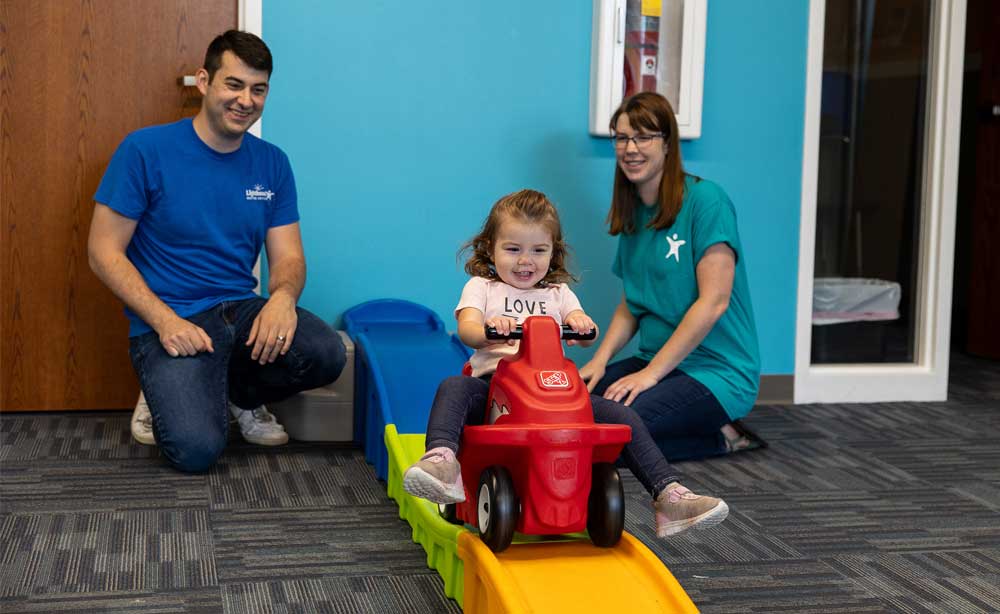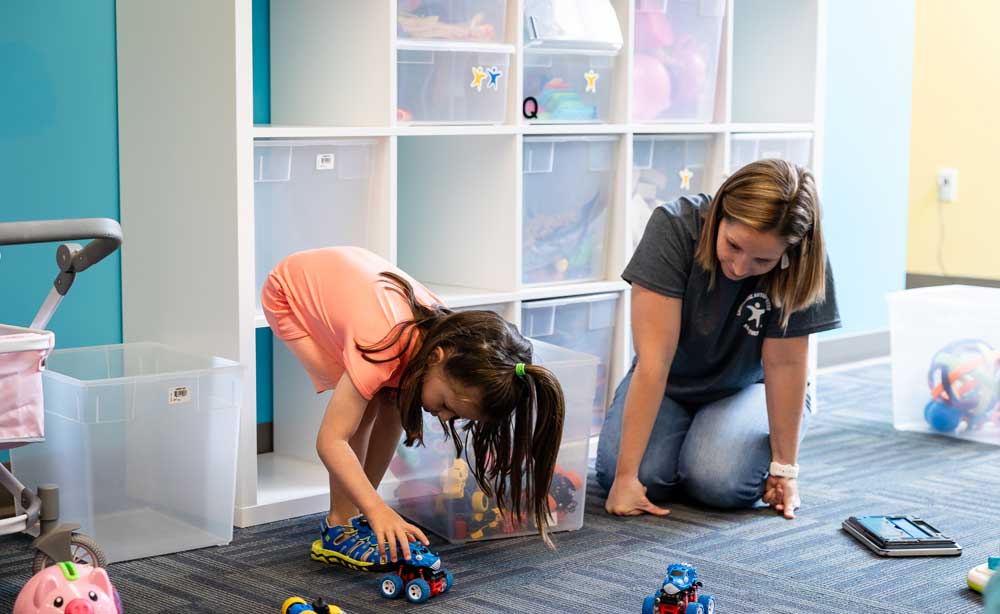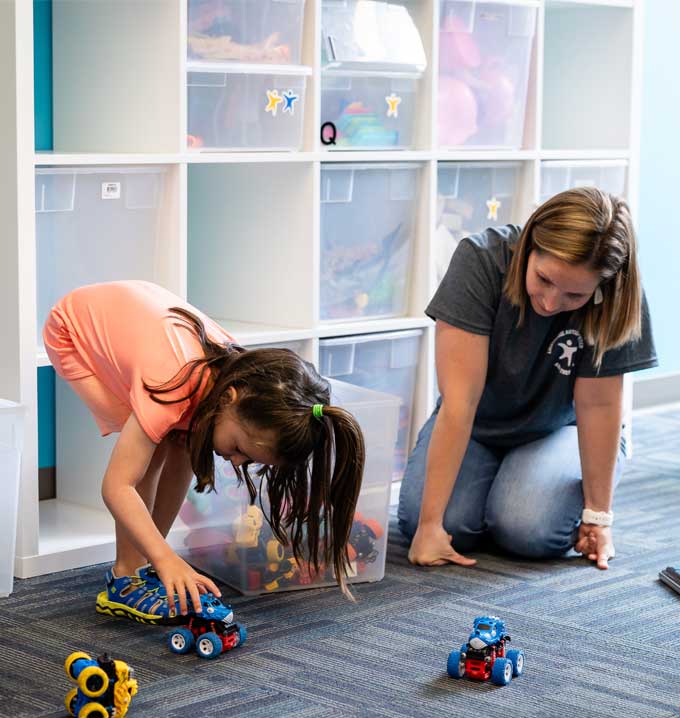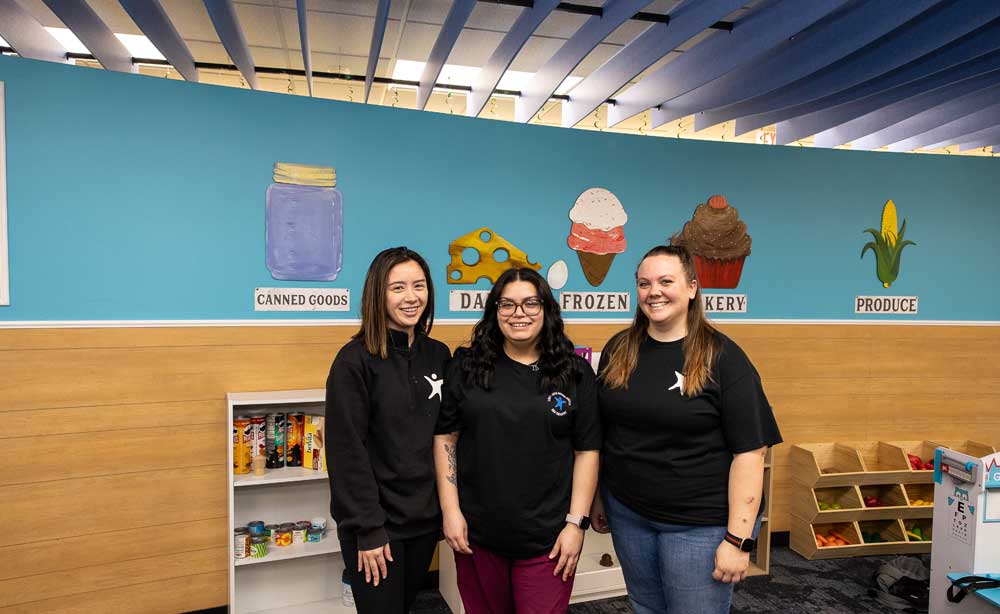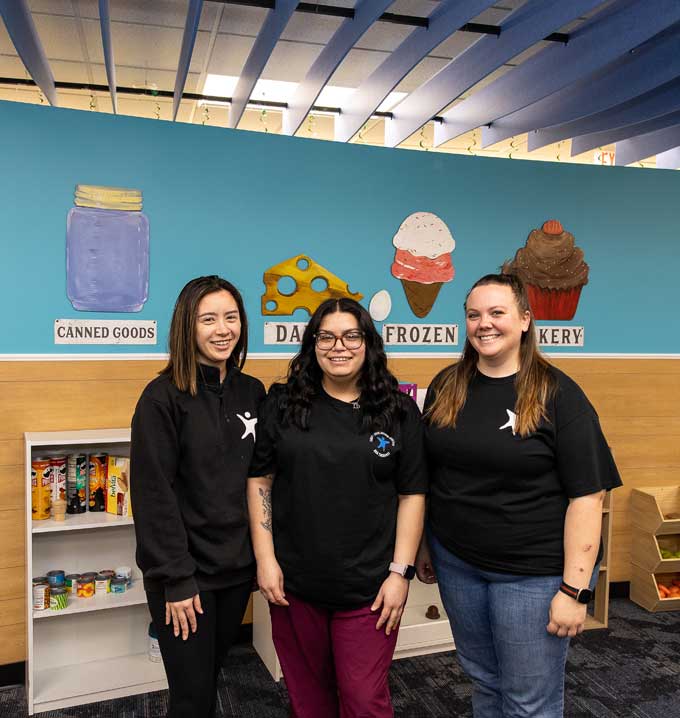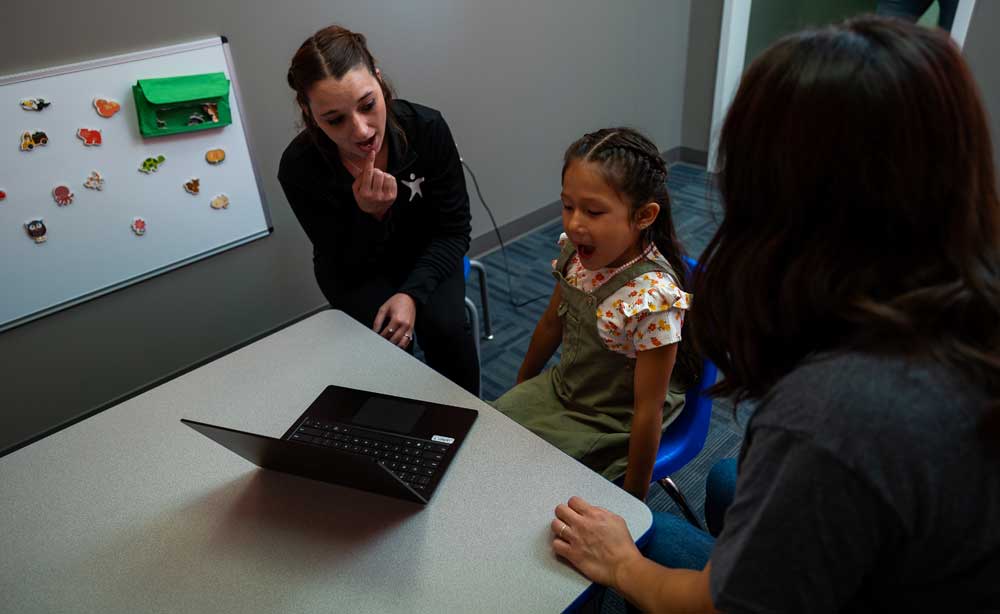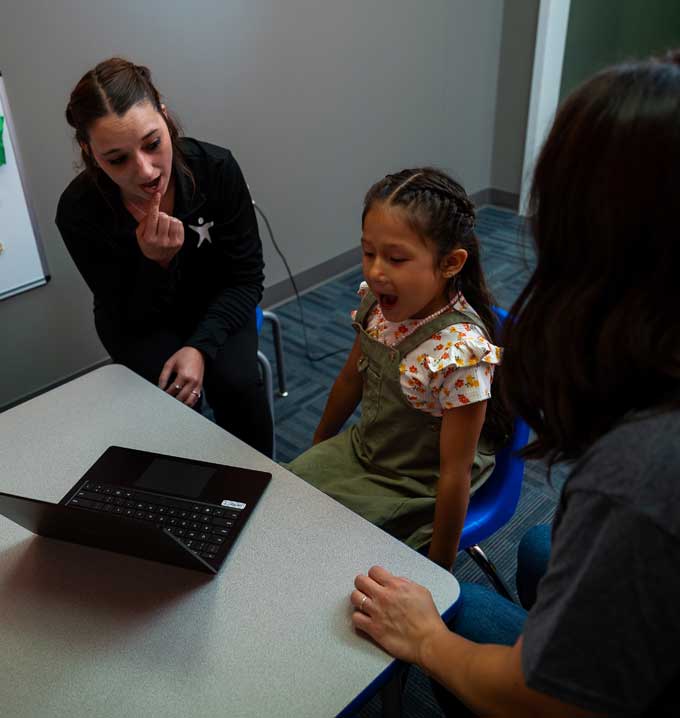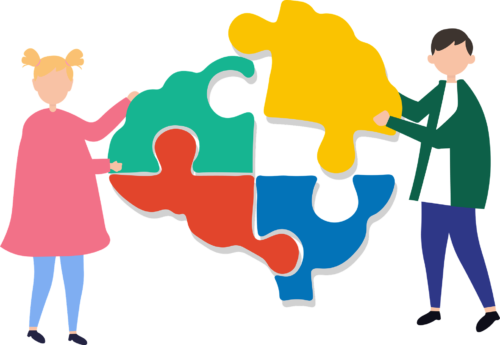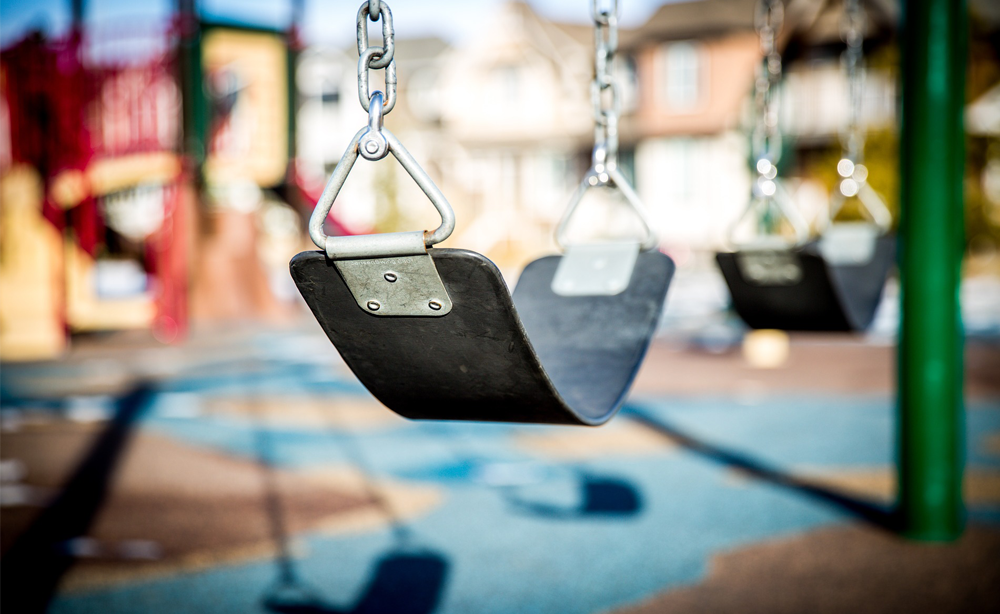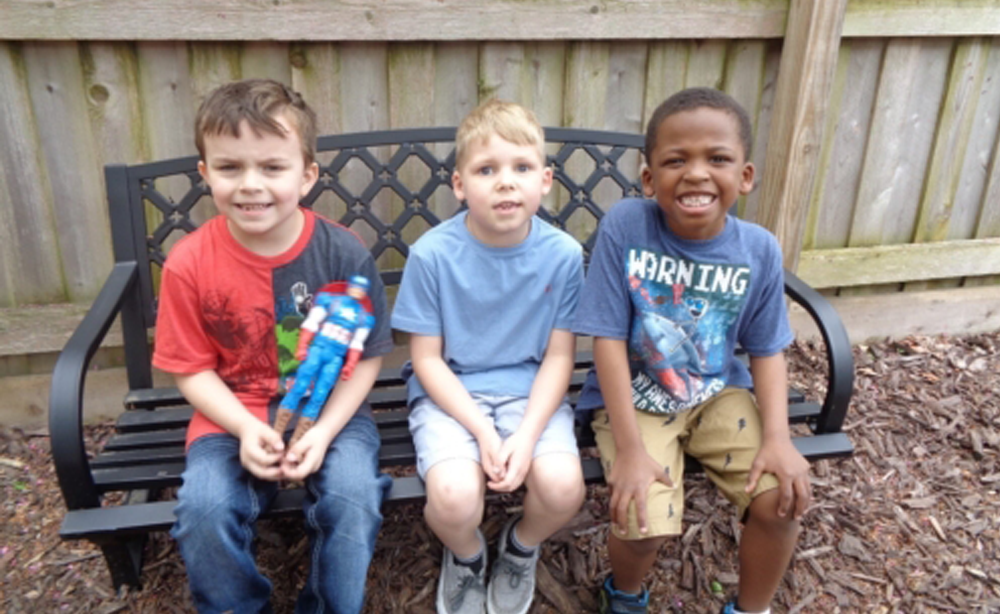We understand that it truly “takes a village” to provide the best care to autistic children. Taking a “team approach” by working in collaboration with various therapy providers will help your child achieve the best possible outcomes. Discover more.
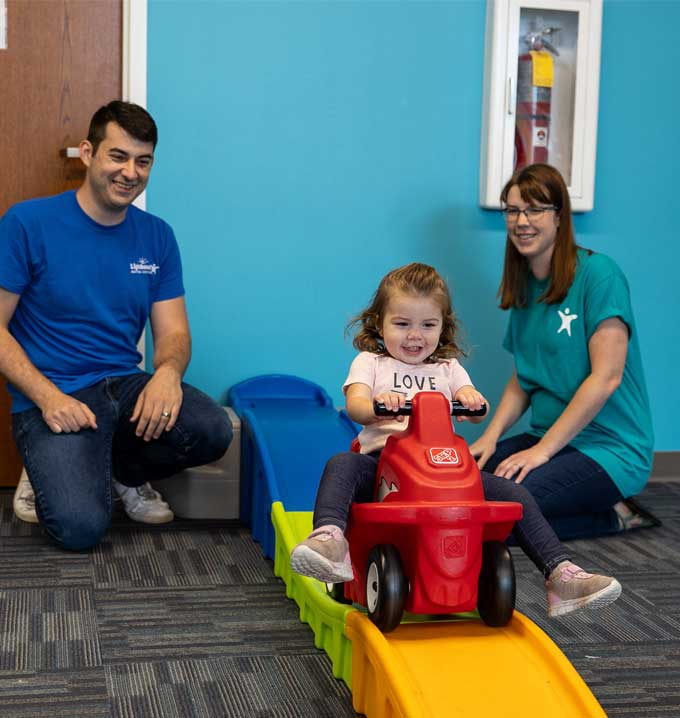
The Lighthouse “Team Approach”
When it comes to caring for a child with Autism Spectrum Disorder, we understand that it truly “takes a village” to provide the best care. ABA centers like Lighthouse Autism Center are pivotal in the world of autism treatment. They serve as the hub for concerted efforts, creating cohesive environments that facilitate communication between therapists, educators, and families.
Adopting a team approach to your child’s autism therapy services will provide comprehensive and individualized care, helping them achieve the best possible outcomes. At our autism therapy centers, this collaborative strategy involves a variety of therapy providers, caregivers, and other professionals who work together to address the multifaceted needs of each child. The synergy of professionals working together enhances the effectiveness of each therapy, tailors interventions to individual needs, and fosters consistent progress. This team can include:
- Lighthouse Autism Center professionals
- Family Doctor or Pediatrician
- Dentists
- Teachers
- Caregivers
- Outside Therapists
- Family
- Friends
The rationale behind this approach to autism support services is rooted in the understanding that autism spectrum disorder (ASD) can affect numerous aspects of a child’s development. By assembling a multidisciplinary team, autism care therapy providers ensure that all developmental challenges — whether in communication, social skills, sensory integration, or motor skills — are simultaneously and effectively addressed, leading to more holistic outcomes for your child and family as a whole.
The Importance of Teamwork
The significance of collaboration within the framework of ABA treatment cannot be overstated. At Lighthouse Autism Center, the coordination between specialists is more than a practice; it’s a cornerstone philosophy. Here, behavioral therapists, speech pathologists, occupational therapists, and educators come together to deliver a multifaceted treatment plan. By linking their expertise, the professional team dedicated to your child’s development can deeply understand and address their unique challenges. We welcome and often seek out collaboration with your child’s pediatrician, any other therapists they might work with, educators from their future school placements, and others that might be interacting with supporting your family on a regular basis.
Benefits for Autistic Children and Their Families
In addition to therapy, our center for collaborative care aims not only to assist your child but to provide support for parents with an autistic child as well as increase autism awareness and education in the community to promote an attitude of inclusion. Autism tools for parents can range from regular meetings with therapists to discuss progress and strategies for extending the work done in therapy sessions into the home environment to workshops and autism resources for caregivers and teachers on how to best support autistic children in their daily lives. This comprehensive approach not only benefits your child, it also equips parents and caregivers with the tools and knowledge to better understand and assist the child’s development.
The Lighthouse Difference
Our team approach is strides ahead of traditional one-on-one methods. This collective expertise leads to more dynamic, individualized treatment strategies, in contrast with traditional methods that may lack this holistic advantage. Moreover, families benefit from the comprehensive support network, reducing the stress and isolation often felt in navigating autism treatment.
Discover Lighthouse Fusion ABA therapy at Lighthouse Autism Center, where we encourage the involvement of each and every team member to collectively work as a unified force in helping your child reach their fullest potential.

